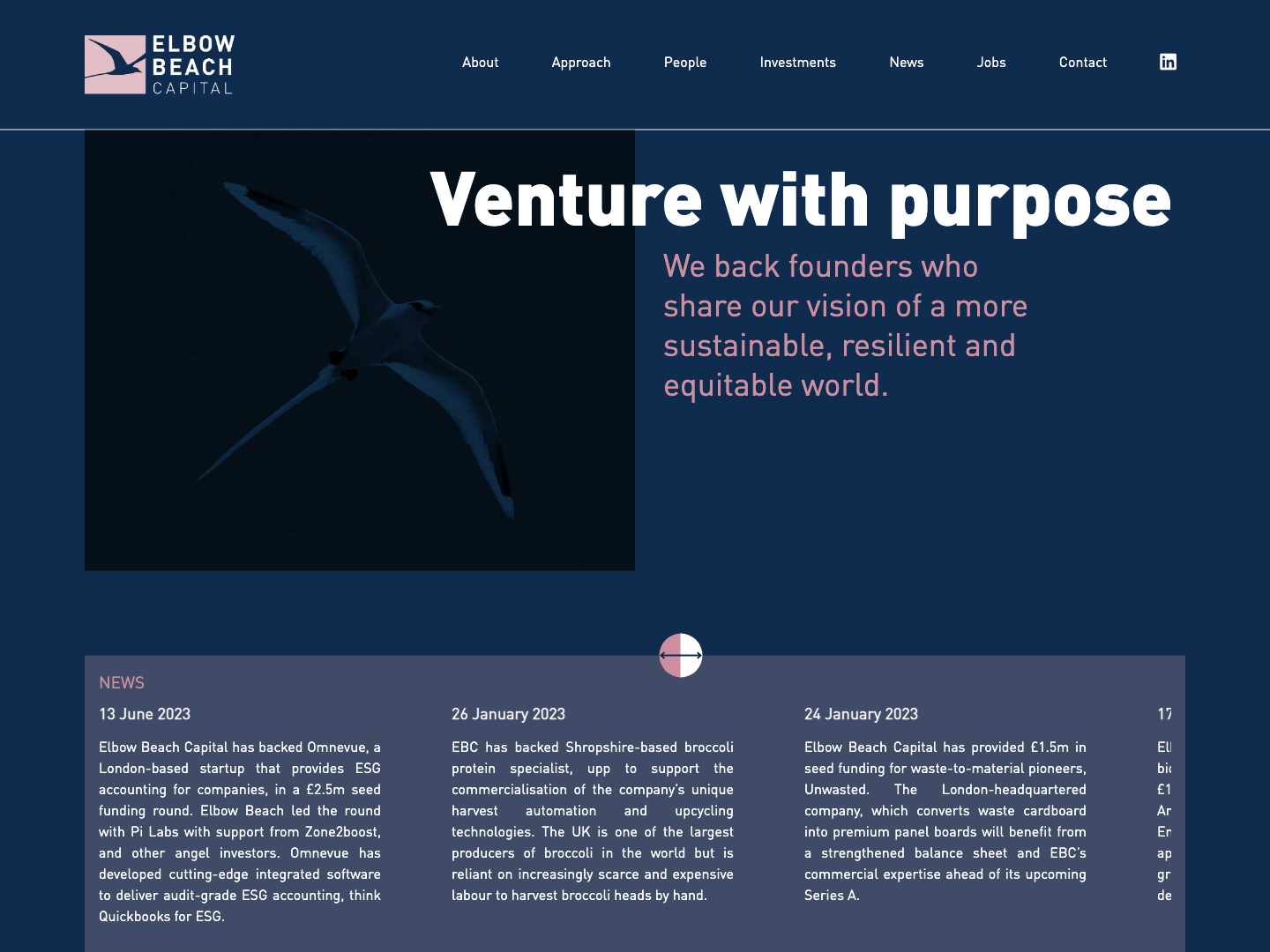AI drone firm sees.ai raises £3.65m from Sustainable Future Ventures and Elbow Beach
This article covers a funding round on 8 October 2025 for sees.ai, the UK autonomous aerial solutions pioneer, founded by John McKenna. It raised £3.65m in a round led by Sustainable Future Ventures with Hearst Ventures also investing.
What does sees.ai do?
sees.ai provides a centralised autonomous drone system that remotely captures precise, consistent AI-ready data for infrastructure. It is used to inspect and monitor critical national infrastructure such as power lines, pipelines and railways.
Why is sees.ai useful?
Problem
People managing critical national infrastructure lack consistent, precise aerial data at network scale. Manual inspections are slow, risky, and cannot safely capture close-quarter views near live assets.
Solution
sees.ai explains that it operates centralised autonomous drone systems to remotely capture consistent, precise aerial data across national infrastructure networks. This AI-ready data supports inspections, surveys and condition monitoring without risky close visual line-of-sight missions.
How much did sees.ai raise?
sees.ai raised £3.65m in a funding round, co-led by Sustainable Future Ventures and Hearst Ventures, alongside existing backers. This makes it the 11th largest funding round in October 2025 (24 recorded). It stands 269th for 2025 (496 total) in the Startupmag database, as of 8 October 2025.
For details on how Startupmag compiles its rankings, view our Methodology.
Who invested in sees.ai?
The key investors in the round included:
- Sustainable Future Ventures: A venture firm that invests in sustainable and climate-related technologies supporting the transition to net zero.
- Hearst Ventures: The corporate venture arm of Hearst, investing in early-stage companies across media, data and consumer technology.
- Elbow Beach: An investment firm focusing on opportunities linked to decarbonisation, industrial technology and the energy transition.
- WakeUp Capital: An investor specialising in early-stage climate and deep-tech companies, primarily in the UK and Europe.
In the funding announcement, Conan Lauterpacht from Sustainable Future Ventures said:
sees.ai sits at the intersection of two defining megatrends of our time – the application of AI to unlock new levels of efficiency, and the global transition to clean energy. Their autonomous inspection technology has the potential to transform how critical infrastructure is managed, delivering safer, faster and more scalable insights.
The investor added that SFV will back the team as they scale their solution, noting its commercial relevance to the net zero transition.
In the funding announcement, Shaneel Parekh from Hearst Ventures said:
Infrastructure operators worldwide are grappling with aging assets, rising demand, and the urgent need for accurate, real-time insights. sees.ai’s autonomous drone system is unlocking mission-critical data at national scale - providing operators with the intelligence to extend asset lifespans, reduce outages, and accelerate upgrades.
The investor added that their work with National Grid demonstrates the technology's potential and that Hearst Ventures will support the team as they work to improve infrastructure resilience.
In the funding announcement, Jonathan Pollock from Elbow Beach said:
sees.ai is poised to capitalise on a growing market opportunity that supports Britain’s transition to a low-carbon economy. Their technology addresses critical industrial challenges while contributing to decarbonisation, aligning perfectly with the UK’s Modern Industrial Strategy.
The investor added that Elbow Beach will support the company's growth as it further develops its capabilities.
If you're researching potential backers in this space:
- Explore our list of aerospace venture capital firms in the UK
- Browse our directory of aerospace angel investors in the UK
Who founded sees.ai?
John McKenna is the founder of sees.ai.
In the funding announcement, John McKenna explained:
The precision and value of the asset condition data we are now capturing is unmatched globally. This funding will accelerate our ability to deliver precise intelligence at network scale, shaping how critical infrastructure is designed, developed and managed.
The company continued that the deployment represents one of the world's first large-scale implementations of centralised autonomy, signalling the start of a period of growth in which AI and drones will change work practices and improve efficiency, and that it has the support of the investors.
Where is sees.ai based?
sees.ai is based in London, UK.
What sector is sees.ai in?
sees.ai operates in the artificial intelligence sector. The artificial intelligence sector develops systems that perform tasks usually requiring human intelligence. In plain terms, it builds software and machines that learn and make decisions.
Key trends and challenges in [Sector]:
Scaling centralised autonomous inspections
Central control rooms and beyond visual line of sight flights enable national-scale inspections over thousands of kilometres.
Massive data and AI processing needs
Each aerial survey can generate terabytes of imagery, needing storage, labelling and fast AI analysis.
Airspace safety and cybersecurity
Integrating drones into shared airspace needs strong collision avoidance and secure communication to prevent outages.
For a deeper look at innovation in this space, see the aerospace startups in the UK.
They've invested in sees.ai
Get to know these aerospace investors
Click here for a full list of 7,526+ startup investors in the UK



